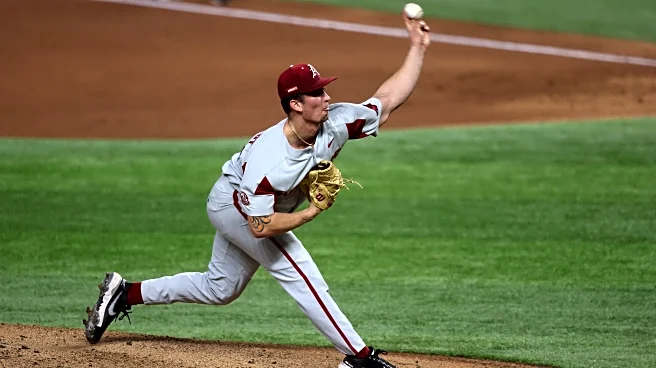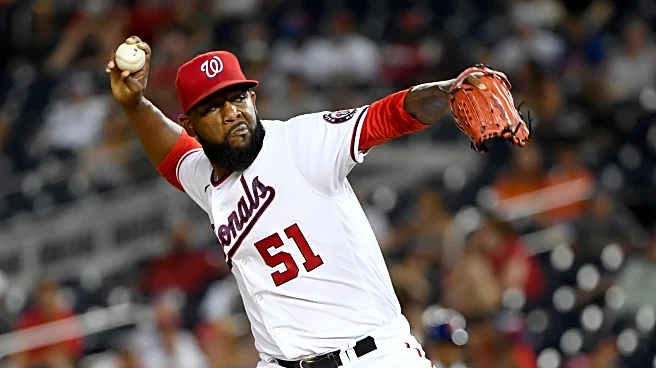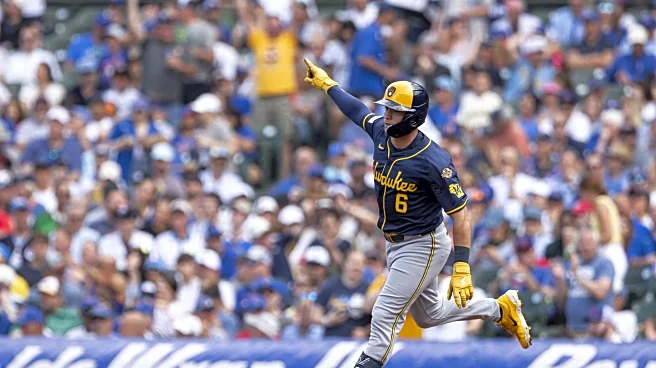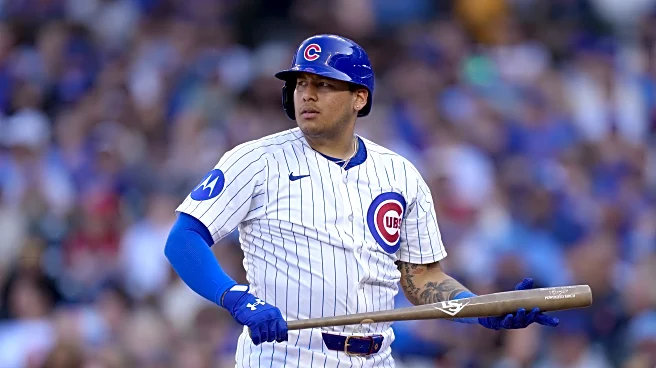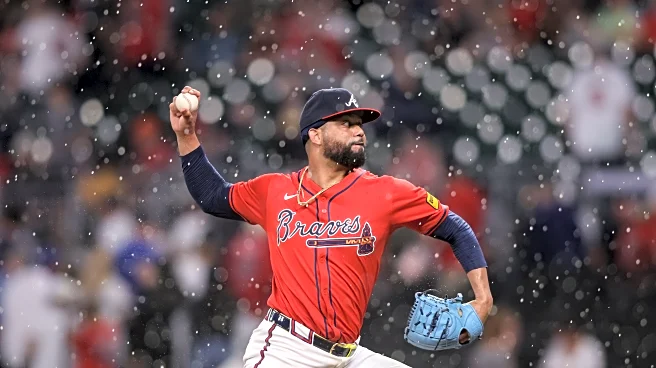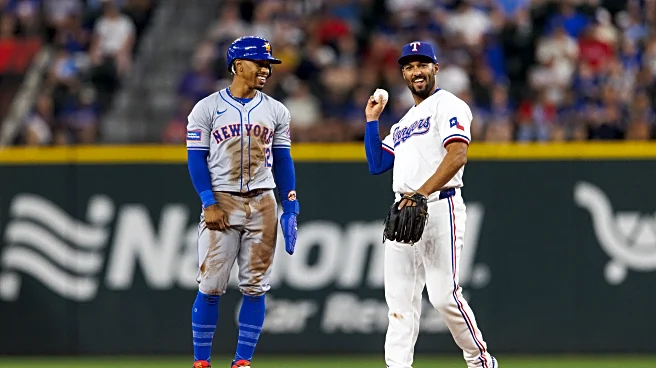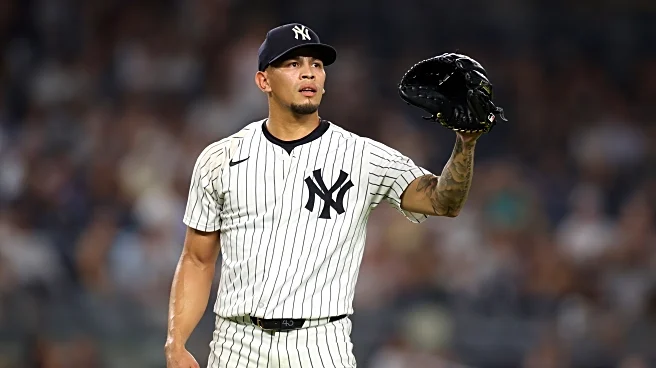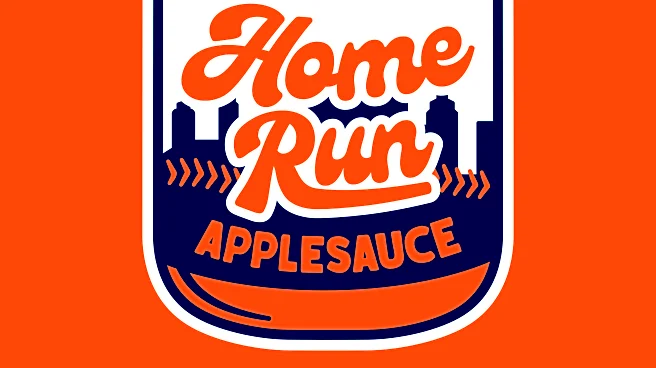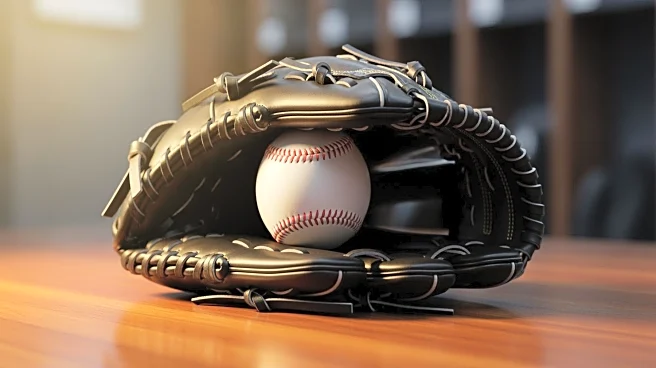There are many interesting players who were left unprotected by other organizations following the recent Rule 5 roster deadline, and some of them look like they could fit in the bullpen if the Rays wanted
to try their luck again after drafting two such prospects last offseason.
Below are my top five Rule 5 pitching prospects. These profiles are difficult to project so by no means am I saying these are defacto targets, but they all have outlier traits in addition to realistic paths to roles at the major league level.
LHP Lael Lockhart (DET)
27 year-old, 6’3
Why he could stick: Lockhart stands-out for his delivery; he starts tall on the mound before dropping down to a low release height from a three-quarter slot with double plus extension. The deception in his delivery allows his below average, sub 90s fastball to play up a bit, but his splitter hitters need to worry about. It’s a low spin, low 80s bowling ball that Lockhart shows plus feel for in locating it just below the zone. Both the movement and velocity separation between his fastball and offspeed pitch are outlier traits the Rays have valued in the past (Springs, Littell, Devenski, and Orze to name a few), and should play in the majors. Lockhart also has an upper 70s breaking ball that he locates well.
Why he was unprotected and what could change: Lockhart has below average command. He has not been able to land any of his pitches in the zone at an average rate, so hitters have not had to respect his offspeed or breaking balls that he does a nice job of locating just out of the zone. A double digit walk rate in AAA typically only gets worse in the majors. Lockhart hasn’t been able to throw enough strikes during his time with the Dodgers or Tigers minor league teams, so it would be a challenge to unlock that with the Rays.
Lockhart needs to figure out a fastball shape that he can land in-zone enough so hitters need to respect his secondaries. Moving to the bullpen where he can air it out a bit more could also squeeze another tick or two of velocity for his arsenal. Maybe it’s the two-seam variant he showed some promise with last season in being able to get in-zone more, or maybe he develops a cutter variant.
RHP Gavin Collyer (TEX)
24 year-old, 6’1
Why he could stick: Collyer throws from a low slot that some might consider to be side-arm. One of the lower release heights you’ll see coupled with the funk in his delivery make it really tough for hitters to see the ball well. He also features an above average 96-97mph fastball. He also has good feel for an above average, low 80s slider with a bit more ride than expected.
Why he was unprotected and what could change: Aside from the command of his breaking ball, Collyer has struggled to throw strikes at just about every stop in the Rangers system. Even his cutter that I expected him to have at least average command of hasn’t resulted in him getting in the zone enough.
I wonder what it would look like if he threw his slider more; he ran a usage in the low 20s in AAA last season, but this might be a case in which he should lean into it more – maybe in the 40-50% range. He has enough velocity on the fastball for it to act as “arsenal protection” for any poorly located cutters, and it certainly has enough velocity to keep hitters from sitting on the breaking ball. If hitters have to respect an upper 90s fastball from a unique slot, he could be getting away with more secondary usage than he is currently showing.
RHP José Rodríguez (LAD)
24 year-old, 6’6 RHP
Why he could stick: He’s a big guy who gets down the mound well with a low release height and double plus extension. Rodríguez uses a twisty and violent delivery to release the ball from a low three-quarter slot, featuring a fastball that sits 96-97, a tight upper 80s cut-slider, and an upper 80s changeup. The distinct movement profiles of his above average secondaries while being in the same velocity band allow him to generate lots of swing and miss.
Why he was unprotected and what could change: A 14% walk rate in AAA isn’t something that would work in the majors, but his strike and zone rates of his pitches suggest the walk rate would be better in a larger sample. I think if he continued to refine the two-seam variant of his fastball while getting away from the four-seam shape, he could be a lower leverage contributor in the majors right away with potential for more. His delivery has a lot of moving parts, but it works for him just enough to be an effectively wild type of reliever.
LHP Reggie Crawford (SFG)
24 year-old, 6’4
Why he could stick: A great athlete with a starter’s arsenal, Crawford also has a low release height and plus extension that makes his stuff play up even more. His above average fastball sits mid to upper 90s and he can flirt with triple digits. He also throws a comfortably plus, two-plane breaking ball in the low 80s to both sides of the plate, and he rounds out his arsenal with an average offspeed pitch that has outlier separation from the fastball. The former first round pick is coming off a torn labrum in which he missed all of 2025 – making him an even more enticing pick as a team could stick him on the IL to begin the year and more easily navigate the Rule 5 roster requirements.
Why he was unprotected and what could change: Crawford has shown 30 grade command and health. It’s understandable that a former two-way player would struggle with command as he adjusts to pitching full-time in professional baseball, but his locations are suboptimal and scattershot. He has already had TJS and labrum surgery, so there will always be injury risk. A team hoping to catch lightning in a bottle and develop him into a high-leverage reliever could take the opportunity of Crawford’s return to injury to rework his delivery and make it more repeatable. He’s an impressive athlete, but it’s hard to “athlete” one’s way into even 40 command. There’s the potential for him to be an impact reliever if everything clicks.
RHP Matt Seelinger (DET)
30 year-old, 6’3
Why he could stick: Seelinger pairs a low 90s fastball with a mid 80s cutter from a relatively low release height and high slot. Both are maybe fringe average offerings with fringe average command, but they play up a bit thanks to his low 80s knuckleball. The unique look of the knuckleball paired with his two fastball shapes make him tough to hit when he’s getting ahead of batters. While he doesn’t land the knuckleball in-zone at a high rate, the pitch does have a significant discrepancy between that zone rate and its strike rate. The data here supports the eye test – hitters struggle to discern between what’s a ball or strike when he’s able to use this outlier pitch. Seelinger is able to throw his fastball in-zone and for strikes at a respectable rate, and its cut-ride nature helps him suppress exit velos better than you’d expect.
Why he was unprotected and what could change: Seelinger was already a member of the organization once; he was acquired from the Pirates for Hechavarria back in 2018 before being traded away in 2019. He has bounced around several organizations including a brief stint in indy ball. Seelinger has yet to establish himself and find consistency and the double digit walk rate in AAA is a bit of a red flag, although his last two seasons in the Tigers organization have been promising. I think he could benefit from more optimized fastball locations; his four-seam fastball should play better above the zone and his cutter could play better than the four-seamer as an in-zone and contact management offering. This shift in philosophy would require him to locate the cutter low early in counts, and then get to his outlier knuckleball once he’s ahead while peppering fastballs at the letters.
Below are five more names that I expect to have some interest in the Rule 5 draft this December:
- RHP Cory Lewis (MIN): High slot knuckleball; a unique look
- RHP Tommy Mace (CLE): Tampa born, UF prospect; gets down the mound well with an above average slider
- LHP Nate Peterson (MIL): Undersized with a sneaky cut-ride fastball
- RHP Frankie Scalzo Jr (CHC): Throws a plus, low 80s slider with above average movement; great ‘stache
- RHP Ryan Sublette (LAD): Low release height with outlier fastball-change separation
